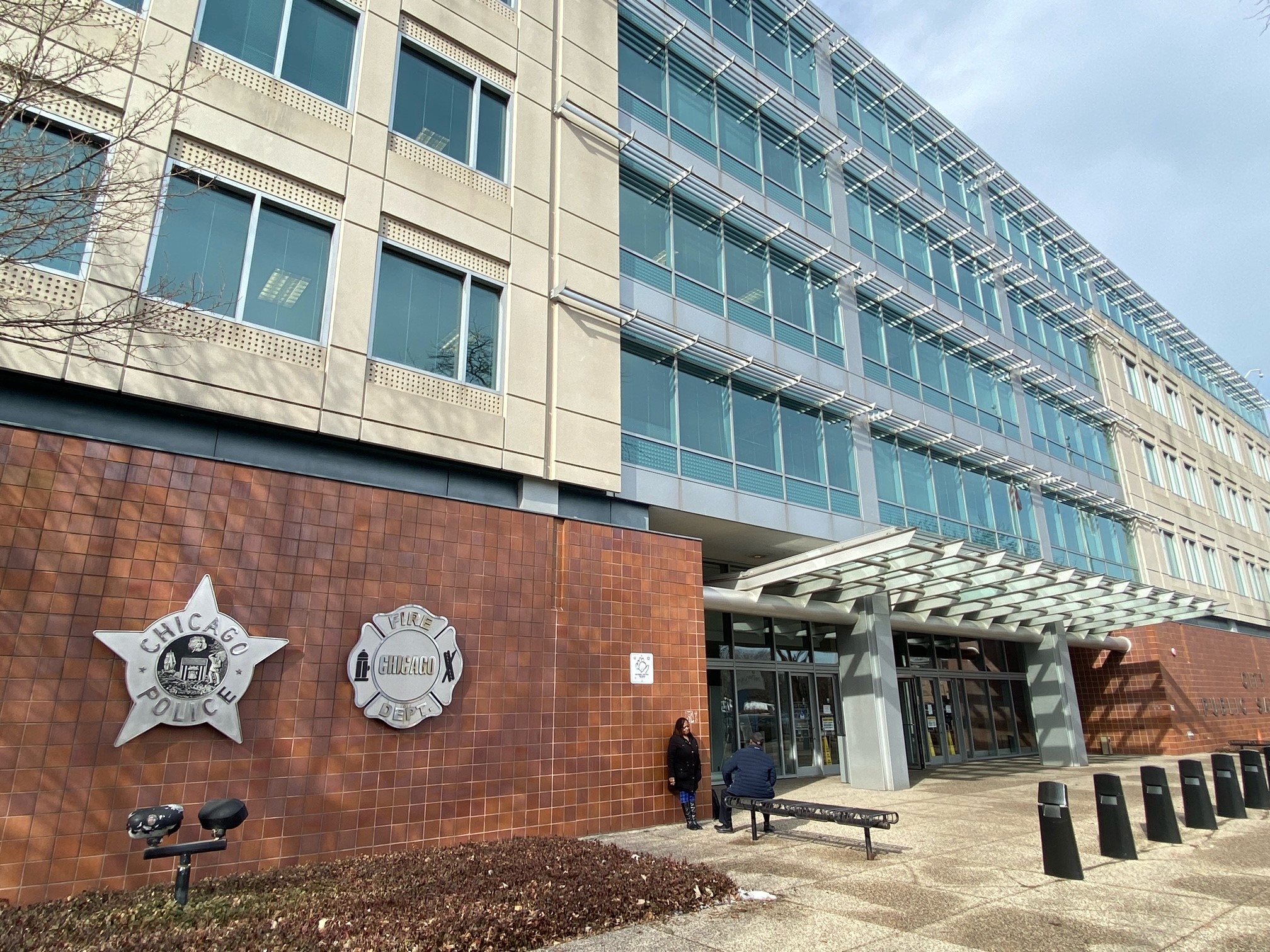Illinois Gov. J.B. Pritzker’s office announced Tuesday that he has tested positive for COVID-19 after several close contacts during a recent trip to Florida.
Pritzker, who received the Johnson & Johnson COVID vaccine and has received two booster shots, is dealing with mild symptoms, according to his office, and is following CDC guidelines by working from home.
The governor’s office announced that he is taking Paxlovid, an antiviral drug manufactured by Pfizer that is designed to be taken by patients who are at high-risk of developing severe cases of COVID.
The Food and Drug Administration’s authorization of the treatment recommends it for use by individuals with preexisting conditions that could cause them to become seriously ill with the virus, including diabetes, immune system disorders, cancer, obesity and more.
Feeling out of the loop? We'll catch you up on the Chicago news you need to know. Sign up for the weekly Chicago Catch-Up newsletter here.
Here is more information on how a Paxlovid regimen works, how you can get it, and more.
How Does the Drug Work?
According to Yale Medicine, a full treatment cycle of Paxlovid is taken over a five-day period, and requires the patient to take a total of 30 pills, or six per day.
News
A patient needs to take three pills at a time, and does so twice per day.
Two of the pills are a medication known as “nirmatrelvir.” That drug, according to the CDC and Yale, inhibits production of an enzyme that the COVID virus needs to create certain key particles.
The third pill, known as “ritonavir,” helps to boost the effectiveness of the medication by slowing down its metabolism by the liver, thereby allowing it to remain in the body longer.
How Soon Must Paxlovid be Taken?
Similar to Tamiflu, Paxlovid is designed to be taken within the first five days after the onset of symptoms.
Taking it after that point hinders the drug’s effectiveness, according to physicians.
How Effective Is It?
The Illinois Department of Public Health has cited studies that suggest that Paxlovid can reduce the risk of hospitalization by as much as 89%.
According to Yale Medicine, that number comes from studies taken of patients that took the drug within three days of symptom onset.
Who is Eligible for the Treatments?
The FDA has authorized Paxlovid for any individuals that are 12 years of age or older and are at a high risk of severe illness.
Those groups include individuals age 65 and older, or who have underlying conditions like cancer, diabetes, obesity, or others.
A recent change to the EUA also allows state-licensed pharmacists to prescribe the medication, but officials still urge the public to consult with their regular physicians or to visit a test-to-treat site (locations of which can be found here), as pharmacists can only prescribe the medication in limited situations.
Does Paxlovid Work Against Omicron?
According to Pfizer, Paxlovid is effective against omicron variants, including BA.5.
Are Other Options Available?
In the event that Paxlovid is not immediately available, the FDA has also given an EUA for Merck’s Molnupiravir treatment. That treatment is used in more limited situations, and officials only advise patients to use it if Paxlovid isn’t available.
Monoclonal antibody treatments can also be used in patients that are at-risk, or are experiencing, more severe cases of the virus. Those treatments are administered intravenously or through several shots, and can be used up to a week after symptom onset.
A map of facilities offering a variety of treatment options can be found here.
Are There Side Effects?
According to Yale Medicine, most individuals who take the medication do not experience serious side effects, although patients are urged to stop taking the treatment if they encounter symptoms common to an allergic reaction, including hives, trouble swallowing, throat tightness or a skin rash. Nausea, diarrhea, muscle aches and abdominal pain have also been reported.



